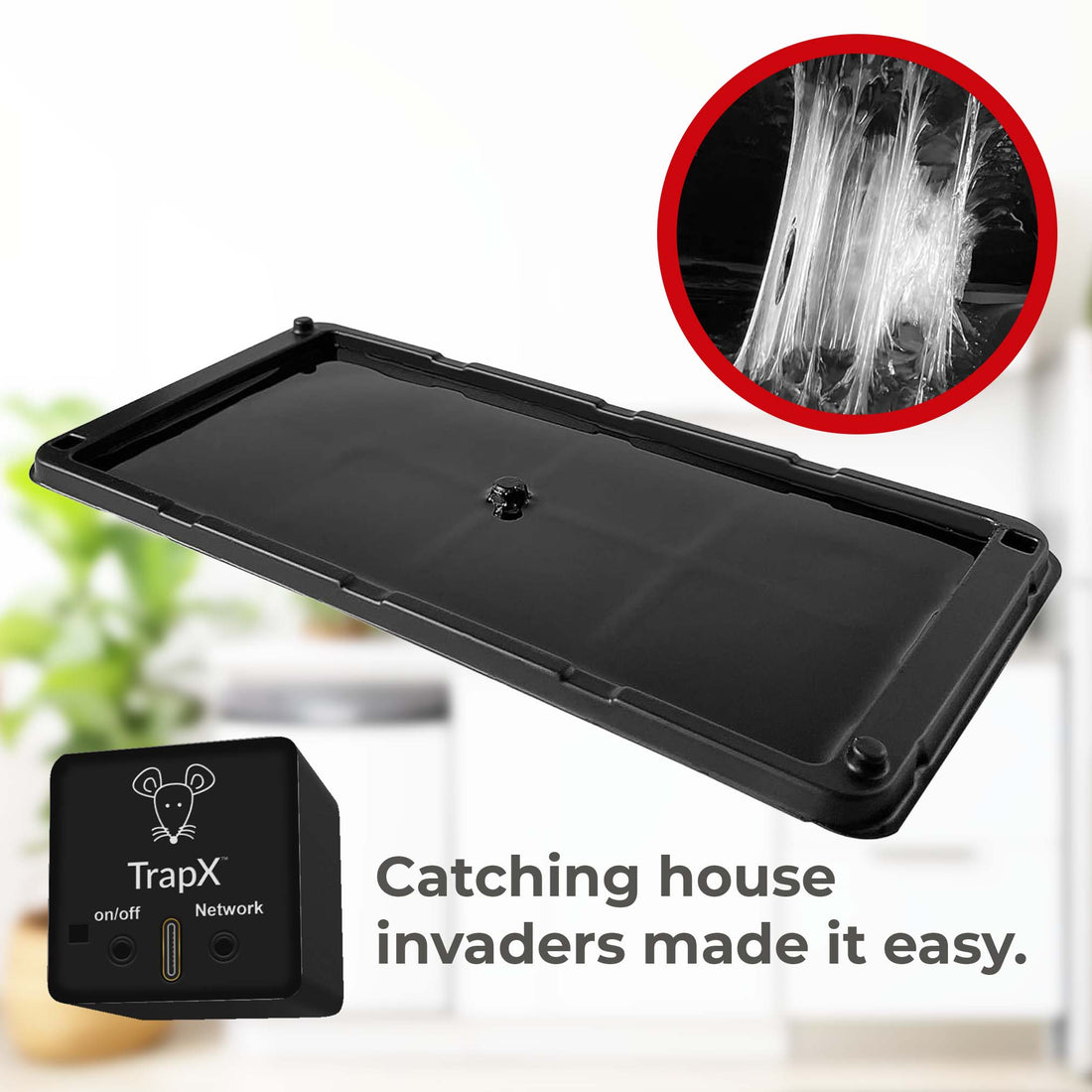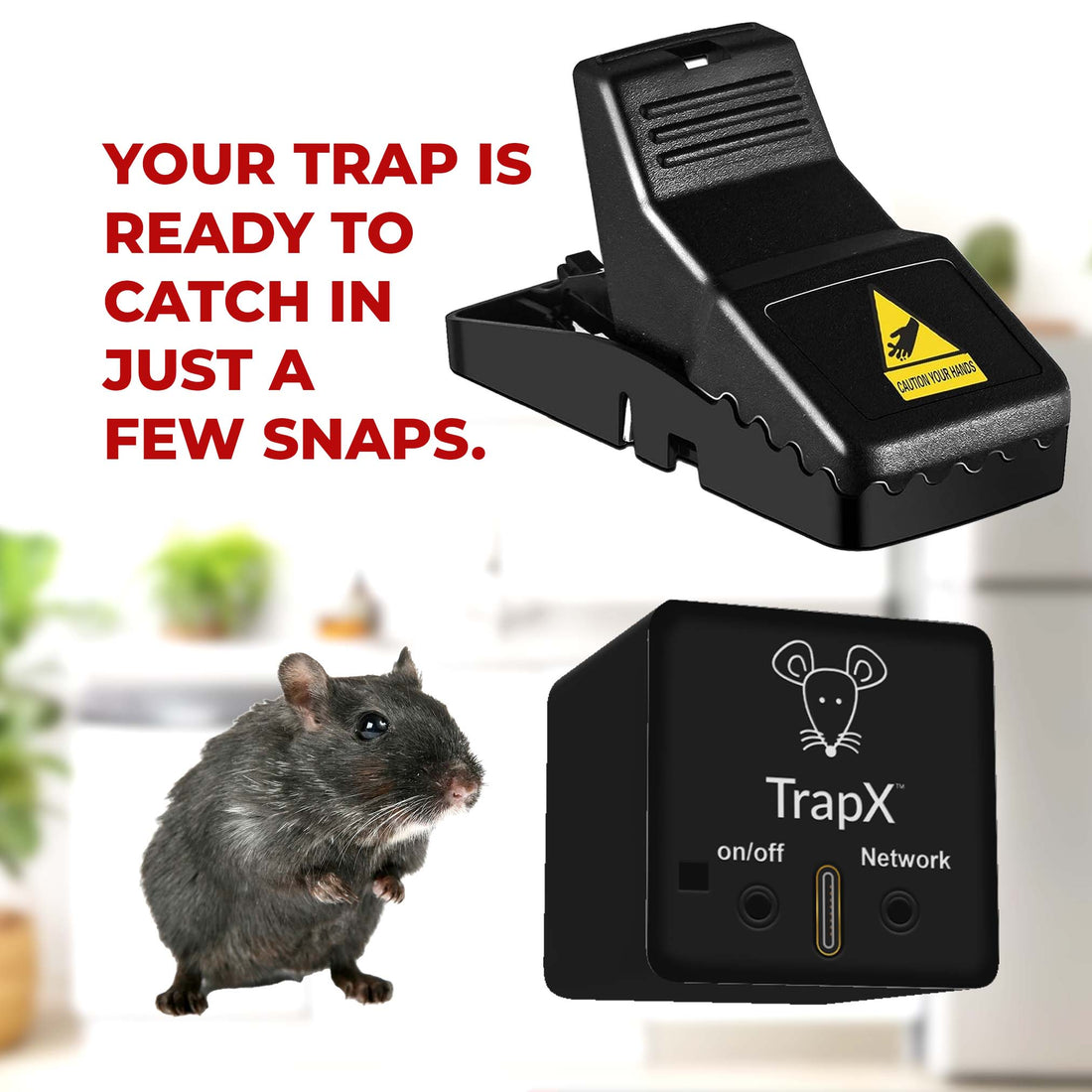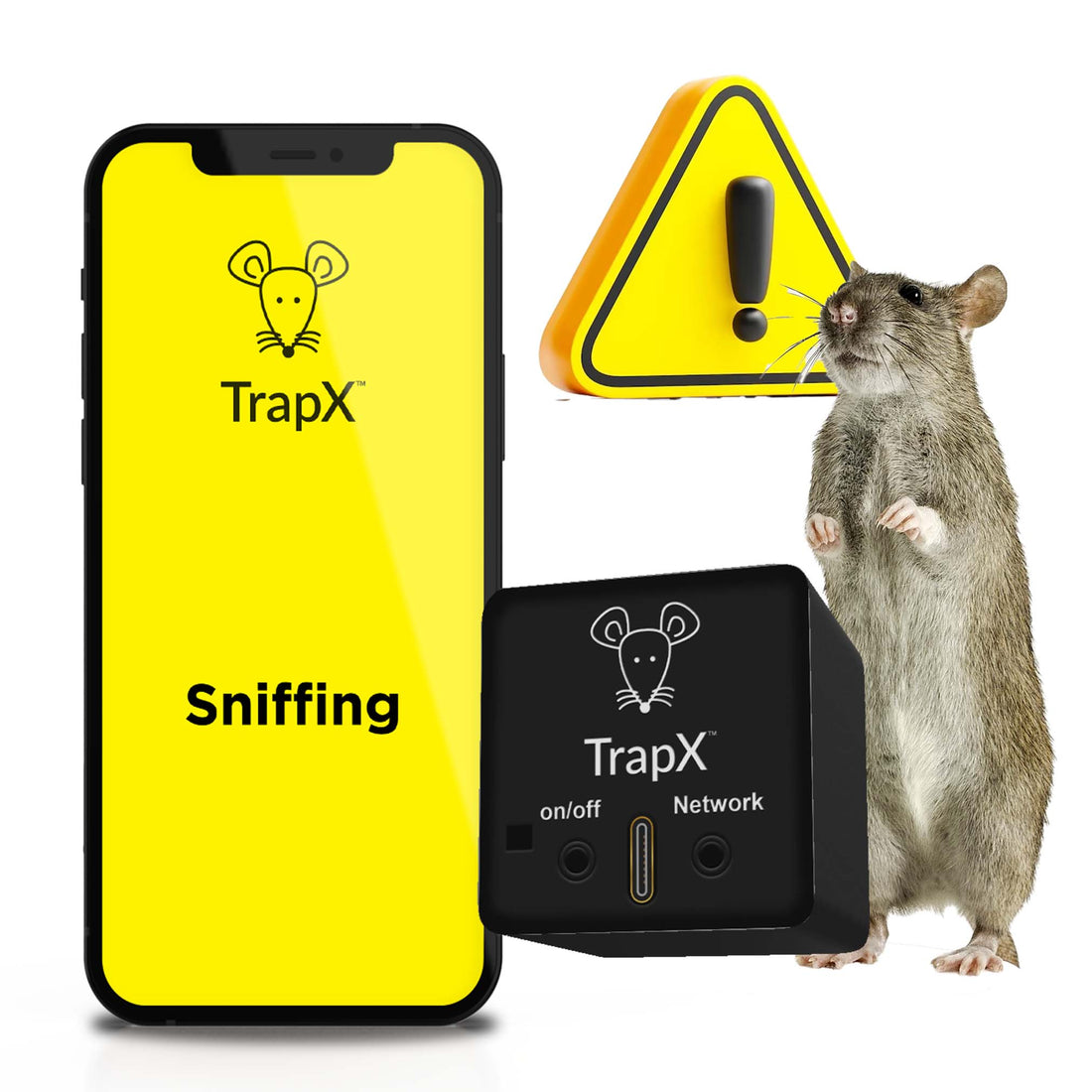The Ultimate Guide to Bird Traps: How to Safely and Humanely Catch Birds
Share
If you're dealing with a bird problem on your property, you're not alone. Birds can be a nuisance, causing damage to buildings, crops, and even posing health risks. While there are many methods for bird control, using a bird trap can be an effective and humane way to catch and remove unwanted birds. In this comprehensive guide, we will explore everything you need to know about bird traps, including how to choose the right trap, set it up correctly, and safely release captured birds.

Why Use a Bird Trap?
Using a bird trap is a humane and effective method for catching and removing birds from your property. Unlike other methods such as shooting or poisoning, a bird trap allows you to safely capture the bird without causing harm. This is especially important if you're dealing with protected bird species or if you simply want to avoid causing unnecessary suffering to the birds.

Choosing the Right Bird Trap
When it comes to choosing a bird trap, there are several factors to consider. The type of bird you're dealing with, the size of the area you want to cover, and your budget will all play a role in determining the best trap for your needs. Here are some popular types of bird traps:
- Wire Mesh Traps: These traps are made of sturdy wire mesh and are designed to catch birds without causing harm. They are suitable for small to medium-sized birds and can be used both indoors and outdoors.
- Net Traps: Net traps are lightweight and easy to set up. They are ideal for catching birds in flight and can be used for both small and large birds.
- Cage Traps: Cage traps are larger and more durable than wire mesh traps. They are designed to catch larger birds and can be used both indoors and outdoors.
When choosing a bird trap, make sure to consider the size of the trap, the material it's made of, and any specific features that may be important for your situation.

Setting Up the Bird Trap
Once you've chosen the right bird trap, it's time to set it up correctly. Here are some steps to follow:
- Choose the Right Location: Place the trap in an area where birds are known to frequent. This could be near their nesting sites, feeding areas, or roosting spots.
- Bait the Trap: Use bird food or other bird attractants to entice the birds into the trap. Make sure to use a bait that is specific to the type of bird you're trying to catch.
- Set the Trigger: Adjust the trigger mechanism of the trap to ensure it is sensitive enough to catch the bird but not too sensitive that it goes off with the slightest movement.
- Check the Trap Regularly: Once the trap is set, make sure to check it regularly to see if any birds have been captured. This will prevent the birds from being trapped for an extended period of time.
Releasing Captured Birds
After you've successfully captured a bird in the trap, it's important to release it safely and humanely. Here are some steps to follow:
- Handle the Bird Carefully: When handling the captured bird, make sure to do so gently and with care. Avoid causing any unnecessary stress or harm to the bird.
- Release the Bird in a Suitable Location: Find a suitable location to release the bird, such as a nearby park or open area away from your property. Make sure the area is safe and suitable for the bird's survival.
- Observe the Bird: After releasing the bird, take a moment to observe its behavior. Ensure that it is able to fly away and is not showing any signs of distress.
Conclusion
Using a bird trap can be an effective and humane way to catch and remove unwanted birds from your property. By choosing the right trap, setting it up correctly, and safely releasing captured birds, you can effectively control bird populations while minimizing harm. Remember to always prioritize the safety and well-being of the birds, and consider consulting with a professional if you're dealing with a large or persistent bird problem.
Jan02.chat.1pass.general public.bird trapAs an Amazon Associate, I earn from qualifying purchases.
